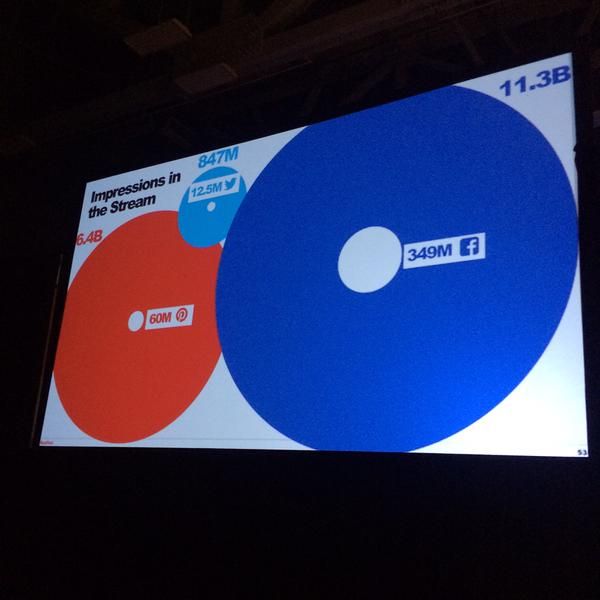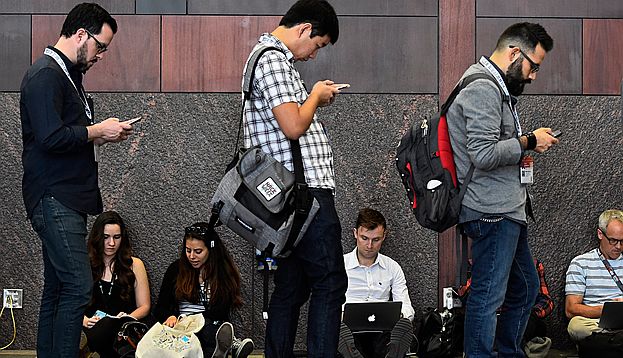One of the most interesting take-aways from this year’s SXSW Interactive for me following it via social media here from the office in Los Angeles was summarized in a Mashable article with the provocative title “Buzzfeed’s latest vision: who needs a website .”
The article was based on BuzzFeed co-founder Jonah Peretti’s SXSW talk in which he revealed a new vision for the company, which basically means less focus on driving traffic back to the publisher’s website and instead let them consume BuzzFeed content on the social network of their choice.
Why is this a big deal Let’s put this in context. If we have seen the evolution of analog media focused on monetizing (for example) a physical newspaper, to digital media where the focus was on monetizing the website, to what now can be called the post-digital era.
This means that BuzzFeed would not measure its audience by the 200 million people that it attracts to its site every month, but by the 18.5 billion impressions that BuzzFeed gets across its Facebook, Twitter and Pinterest pages. Broken out by social network, BuzzFeed‘s content saw 847 million views on Twitter, six billion on Pinterest, and a whopping 11.3 billion on Facebook.

What Peretti is on to is that the post-digital media consumer wants content served up right here, right now, on the social network or newsfilter of their choice. Modern media should be pushing our actual (native) content to social networks, not just links.
“You should be using this distribution channel to show them content, not just a pointer to some other space,” said Peretti in TechCrunch, continuing to explain that showing people links in hopes of luring them somewhere else “feels a little bit outdated.”
So what does this all mean for marketers and advertisers Take a look at BuzzFeed‘s business model of native advertising in form of branded content and no display advertising. They are betting the company on original branded content and especially content that is optimized for social network distribution with a focus on sharing as they way of the future.
Check out this 1 minute video to get a better idea of what has worked for BuzzFeed when it comes to video being produced by its new Motion Picture division based in Hollywood.
While BuzzFeed right now is at the forefront of these social-first publishers, they are certainly not the only ones. Brands like Marriott and Pepsi have already built their own studios to produce this kind of content as part of their marketing mix.
It might be premature to call the website and display advertising dead, but marketers and advertisers should probably start thinking about how well prepared they are to reach and engage the post-digital consumer.

